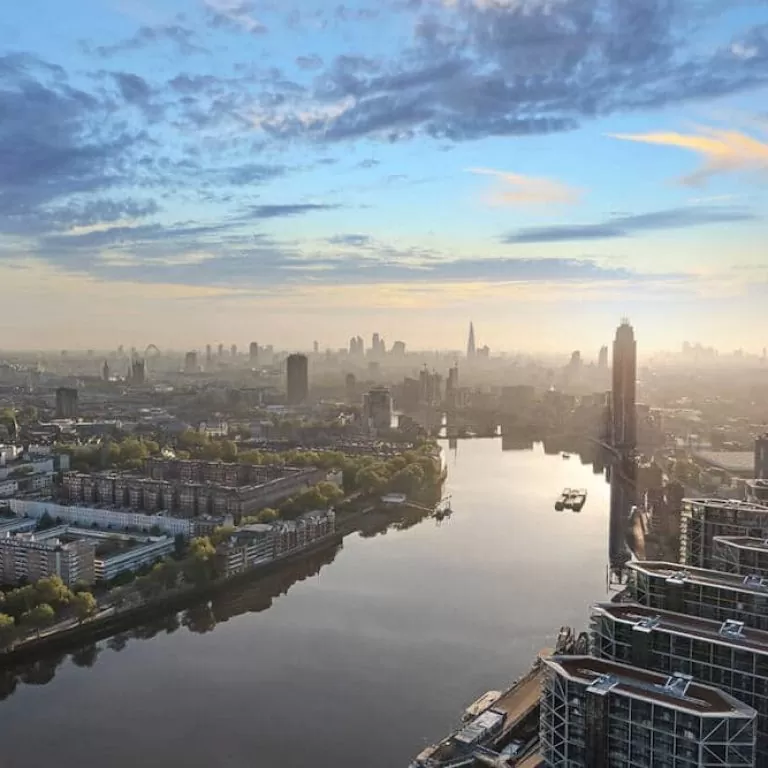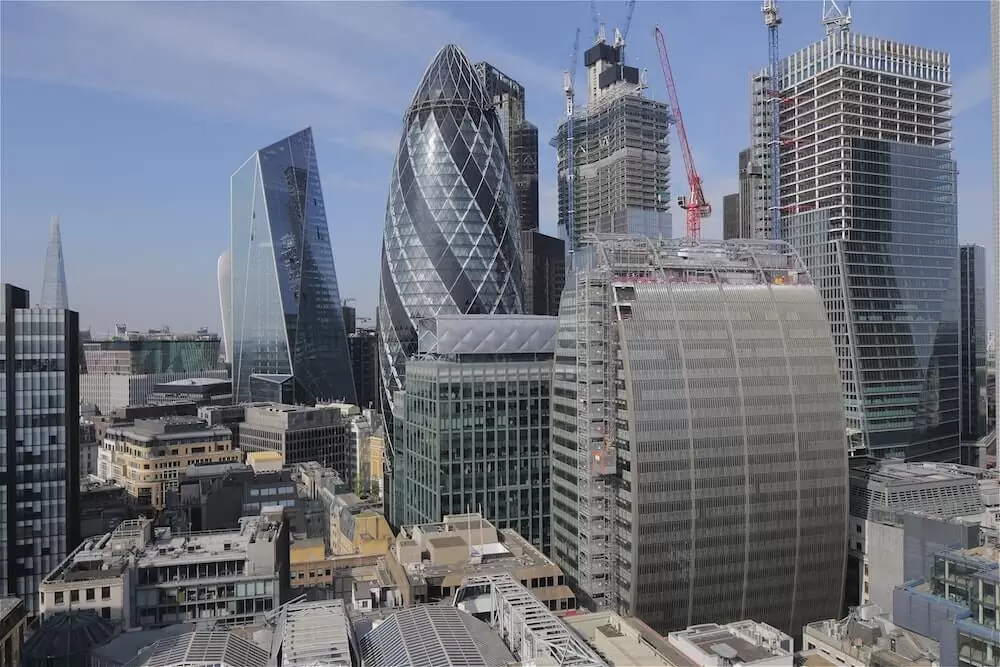
News Skyscrapers Construction Captured by Time-Lapse
Skyscrapers are a necessary part of the urban landscape, as with expensive land prices and acreage limited in larger cities, one of the only places to build is upwards.
In recent years only the highest quality of design has reached the development stage in the UK, as urban planners seek to create attractive, inspiring skylines in our cities. Skyscraper construction captured by time-lapse is an effective way of showcasing the development of such large-scale landmark projects.
Time-lapse videos document the meticulous precision and feats of engineering required to build high-rise buildings in restricted urban environments. Time-lapse footage shows the intricacies of such projects, from the demolition of pre-existing buildings through to the last crane move on the skyscraper. With high-resolution Ultra HD footage, the video can capture every detail throughout a high-rise development construction.

What are the benefits of urban skyscrapers?
With limited land available in urban areas such as central London, high-rise developments make the best use of city space. Nowadays a skyscrapers’ design needs to be unique, inspiring and high quality to get through planning even in an area designated for high rise development. As Sadiq Khan, London Mayor has stressed, only “the very highest quality of design” will be passed. This is to ensure only attractive buildings to complement those such as the Gherkin are added to an already crowded skyline.
One of these recent tall-tower builds is the 70 St Mary Axe office development in the City of London, nicknamed the ‘Can of Ham’ due to its unique shape. This skyscraper is a very modern workspace that utilises its footprint well with its innovative curved design. The developers have incorporated contemporary design with a sense of community and well-being, through a large communal foyer with cafes and services. For optimum space usage, the basement at 70 St Mary Axe has been utilised to house over 300 bike spaces, spa-quality showers and changing facilities to enhance the commuter experience.
As skyscrapers are high-density buildings with many office workers or residents, the demand for services, restaurants and cafes in the surrounding area increases rapidly. This large influx of people benefits the local area, making it busy and profitable. The high-rise developments recognise this themselves, as within the design they create spaces for cafes, gyms and services to take advantage of the demand.
What are the issues with urban skyscrapers?
Restrictions have been imposed on high-rise design for numerous reasons. Due to the scale and imposing nature of the high-rise structures, developers must undertake in-depth planning to ensure they are economical, quick to construct with the least amount of disruption and impact on the surrounding area. Skyscrapers are only allowed to be built in a limited area of London and strict planning guidelines have been created that developers must adhere to.
Skyscrapers not only change the skyline but also the microclimate at ground level. One key problem has been the wind issues at the base of some older high-rises. The City of London Corporation has taken this so seriously, they recently produced a guideline to wind-microclimate that all developers must adhere to. Now, prior to even appointing an architect to a high-rise project, in-depth surveys must be carried out on the surrounding micro-climate. This is to ensure there is an acceptable thermal comfort level at ground level, where wind and sun are balanced to create a comfortable environment in surrounding streets and public areas.
Another challenge for developers is making things eco-friendly. Skyscrapers do use the land effectively by being built upwards, but with large steel structures and thick density glass they have previously not been sustainable. Due to this, developers are being pressed to make skyscrapers more sustainable and low carbon in other ways.
Due to these restrictions, high-rise developments have had to be designed innovatively to follow the guidelines and become attractive places to work and live. As well as following all the guidelines, tall-tower developers must also ensure a flawless build process as mistakes on large scale high rise developments are too costly and uneconomical.
Despite all these challenges, the number of skyscrapers is still on the increase in London.
How has high-rise design changed?
A lot has changed since the first high rise buildings of the 60 and 70s. These were solely high density and functional constructions. The Canary Wharf development saw in the arrival of a new and more welcome kind of high-rise development. These attractive, light-filled skyscrapers surrounded at ground level by their own infrastructure of retail, restaurants and services signaled the arrival of the modern-day high-rise development.
Lessons have been learned from the initial Canary Wharf high rise development, hence there have been tightening restrictions on high-rise designs. As well as ensuring a comfortable microclimate at the building base, developers must be mindful of any change at ground level and to surrounding buildings.
To counter any impact on the public at ground level, many developments now utilise their roof space to create attractive roof gardens, cafes and sports facilities such as at Angel Gardens, Manchester.
High rise developments today also have outdoor space and facilities integrated into their designs, so they enhance the surrounding area. Bankside Yards, currently part way through construction, is primarily a residential development of 500 homes – but also with offices, retail, cultural, leisure and landscaped public spaces in London. It will, according to the architects PLP Architecture, “create a significant destination quarter and gateway for the borough of Southwark”.
Many residential high-rise developments now market themselves as lifestyle apartments with a concierge, apps and wellness facilities to enhance the residents’ experience.
Angel Living in central Manchester is a prime example of this lifestyle concept, promoting community and wellbeing alongside its apartments. The high-rise development offers a lot of shared facilities with co-working space, lounge, library and rooftop terrace along with apps to help with deliveries and the every-day, effectively creating a new way of living.
Why use time-lapse?
Time-lapse videos play an important role in documenting the construction of skyscrapers. Visually capturing the whole process with high-quality video showcases the dramatic development of such large-scale projects. This can be used by developers, architects and construction companies to promote the expertise and engineering precision required to build tall-tower designs. Throughout the construction it is also imperative for architects and project managers to have good quality site monitoring to keep a close watch on the high-rise construction process.
As the UK’s leading time-lapse video company, we have the expertise and know-how to produce time-lapse videos to effectively capture such large-scale projects as skyscraper construction. Please contact us for more details and to discuss your next project.